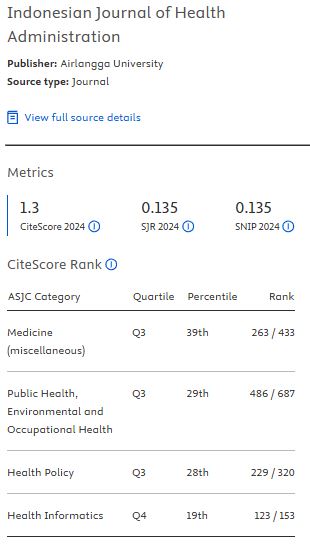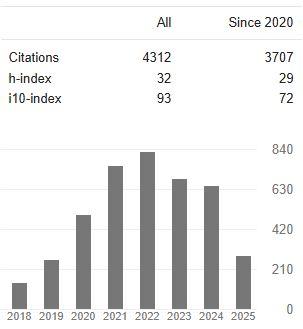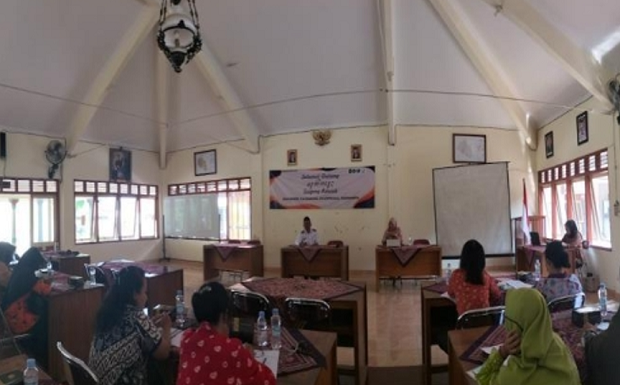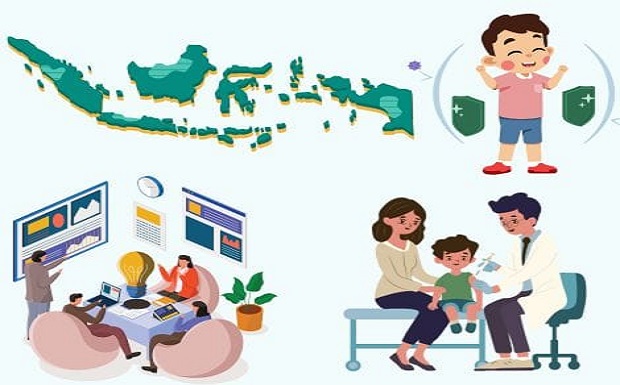THE ADVOCACY AND COMMUNICATION OF SMOKE-FREE AREA REGULATION IN EAST JAVA, INDONESIA

Background: The negative impact of tobacco, especially second-hand smokers, requires imperative actions. Introducing tobacco control measures helps protect the public health. Data suggest that there were approximately 44 million daily smokers in Indonesia comprising 49.8 million males and 3.9 million females over ten years of age. East Java Province had the biggest number of smokers in Indonesia. To reduce trends in smoking behavior, we need to advocate local government to release and implement smoke-free regulations.
Aims: The study aims to do action research through advocacy and communication for the regulation of smoke-free areas in East Java Province.
Methods: The action research involved 12 districts of East Java Province, Indonesia. The method used in this study was Focus Group Discussion (FGD), one-on-one meeting, in-depth interviews, public speaking, press conference, and press release.
Results: Intensive advocacy and communication worked successfully. Eight districts of East Java Province implemented local regulations of smoke-free areas. The advocacy and communication of the regulations made it possible to be implemented.
Conclusion: Intensive advocacy and communication improve the awareness of executive and legislative government about the importance of smoke-free area regulations. It will be successful if regular meetings, discussions, press conferences, public speaking, and team work are conducted with many stakeholders.
Balitbangkes (2013) Riset Kesehatan Dasar 2013. Jakarta: Badan Penelitian dan Pengembangan Kesehatan, Kementerian Kesehatan RI.
Balitbangkes (2018) Riset Kesehatan Dasar 2018. Jakarta: Badan Penelitian dan Pengembangan Kesehatan, Kementerian Kesehatan RI.
Benowitz, N.L. (2009) ‘Pharmacology of nicotine: Addiction, smoking-induced disease, and therapeutics', Annual Review of Pharmacology and Toxicology [Preprint]. Available at: https://doi.org/10.1146/annurev.pharmtox.48.113006.094742.
Cham, B. et al. (2021) ‘Exposure to second-hand smoke in public places and barriers to the implementation of smoke-free regulations in the gambia: A population-based survey', International Journal of Environmental Research and Public Health [Preprint]. Available at: https://doi.org/10.3390/ijerph18126263.
Detiknews (2009) Wartawan Perokok Menangkan Voting di Media Center, news.detik.com. Available at: https://news.detik.com/berita/d-1075540/-wartawan-perokok-menangkan-voting-di-media-center.
Dinkesjatim (2020) Profil Kesehatan Provinsi Jawa Timur 2019. Dinas Kesehatan Provinsi Jawa Timur.
Henderson, E. et al. (2021) ‘Secondhand smoke exposure in outdoor children's playgrounds in 11 European countries', Environment International [Preprint]. Available at: https://doi.org/10.1016/j.envint.2020.105775.
Kemenkes (2013) Infodatin: Pusat Data dan Informasi Kementerian Kesehatan RI. Available at: https://www.kemkes.go.id/folder/view/01/structure-publikasi-pusdatin-info-datin.html.
Peruga, A. et al. (2021) ‘Tobacco control policies in the 21st century: achievements and open challenges', Molecular Oncology, 15(3). Available at: https://doi.org/10.1002/1878-0261.12918.
Sugiyo, D. and Henshall, J. (2020) ‘Community voices to support smoke free regulation advocacy', Journal of Health Technology Assessment in Midwifery [Preprint]. Available at: https://doi.org/10.31101/jhtam.1398.
Thirlway, F. (2019) ‘Nicotine addiction as a moral problem: Barriers to e-cigarette use for smoking cessation in two working-class areas in Northern England', Social Science and Medicine [Preprint]. Available at: https://doi.org/10.1016/j.socscimed.2019.112498.
Tobacco Atlas (2022) The Tobacco Atlas. Available at: https://tobaccoatlas.org/.
Vos, T. et al. (2020) ‘Global burden of 369 diseases and injuries in 204 countries and territories, 1990–2019: a systematic analysis for the Global Burden of Disease Study 2019', The Lancet, 396(10258), pp. 1204–1222. Available at: https://doi.org/10.1016/S0140-6736(20)30925-9.
Walley, S.C. et al. (2019) ‘A public health crisis: Electronic cigarettes, vape, and JUUL', Pediatrics [Preprint]. Available at: https://doi.org/10.1542/peds.2018-2741.
Wang, M.P. et al. (2017) ‘Association between employer's knowledge and attitude towards smoking cessation and voluntary promotion in workplace: A survey study', Tobacco Induced Diseases [Preprint]. Available at: https://doi.org/10.1186/s12971-017-0149-4.
WHO (2005) ‘Framework Convention on Tobacco Control (FCTC)', Global Heart, 1(3), p. 270. Available at: https://doi.org/10.1016/j.precon.2005.12.001.
WHO (2019) WHO Report on Global Tobacco Epidemic 2017, World Health Organization.
WHO (2020) Smoking and COVID-19: scientific brief, 30 June 2020. Geneva: World Health Organization. Available at: https://apps.who.int/iris/handle/10665/332895.
Copyright (c) 2022 Sri Widati, Santi Martini, Kurnia Dwi Artanti, Hario Megatsari, Nicola Wiseman, Neil Harris

This work is licensed under a Creative Commons Attribution-ShareAlike 4.0 International License.
1. As an author you (or your employer or institution) may do the following:
- make copies (print or electronic) of the article for your own personal use, including for your own classroom teaching use;
- make copies and distribute such copies (including through e-mail) of the article to research colleagues, for the personal use by such colleagues (but not commercially or systematically, e.g. via an e-mail list or list server);
- present the article at a meeting or conference and to distribute copies of the article to the delegates attending such meeting;
- for your employer, if the article is a ‘work for hire', made within the scope of your employment, your employer may use all or part of the information in the article for other intra-company use (e.g. training);
- retain patent and trademark rights and rights to any process, procedure, or article of manufacture described in the article;
- include the article in full or in part in a thesis or dissertation (provided that this is not to be published commercially);
- use the article or any part thereof in a printed compilation of your works, such as collected writings or lecture notes (subsequent to publication of the article in the journal); and prepare other derivative works, to extend the article into book-length form, or to otherwise re-use portions or excerpts in other works, with full acknowledgement of its original publication in the journal;
- may reproduce or authorize others to reproduce the article, material extracted from the article, or derivative works for the author's personal use or for company use, provided that the source and the copyright notice are indicated.
All copies, print or electronic, or other use of the paper or article must include the appropriate bibliographic citation for the article's publication in the journal.
2. Requests from third parties
Although authors are permitted to re-use all or portions of the article in other works, this does not include granting third-party requests for reprinting, republishing, or other types of re-use.
3. Author Online Use
- Personal Servers. Authors and/or their employers shall have the right to post the accepted version of articles pre-print version of the article, or revised personal version of the final text of the article (to reflect changes made in the peer review and editing process) on their own personal servers or the servers of their institutions or employers without permission from JAKI;
- Classroom or Internal Training Use. An author is expressly permitted to post any portion of the accepted version of his/her own articles on the author's personal web site or the servers of the author's institution or company in connection with the author's teaching, training, or work responsibilities, provided that the appropriate copyright, credit, and reuse notices appear prominently with the posted material. Examples of permitted uses are lecture materials, course packs, e-reserves, conference presentations, or in-house training courses;























